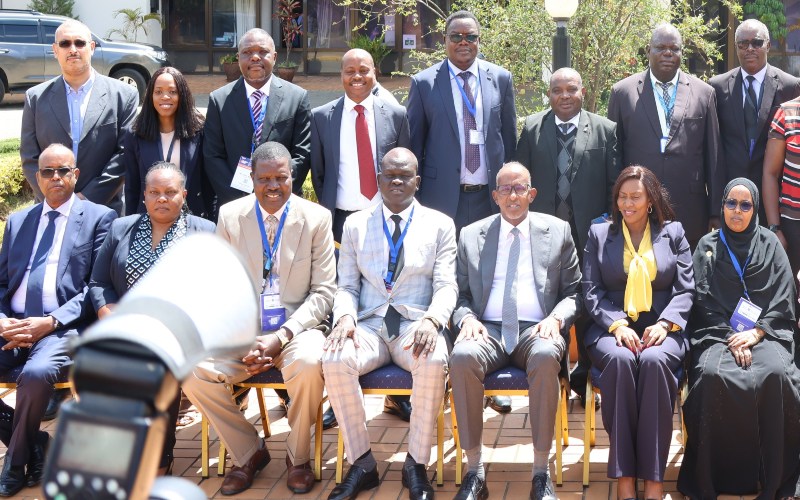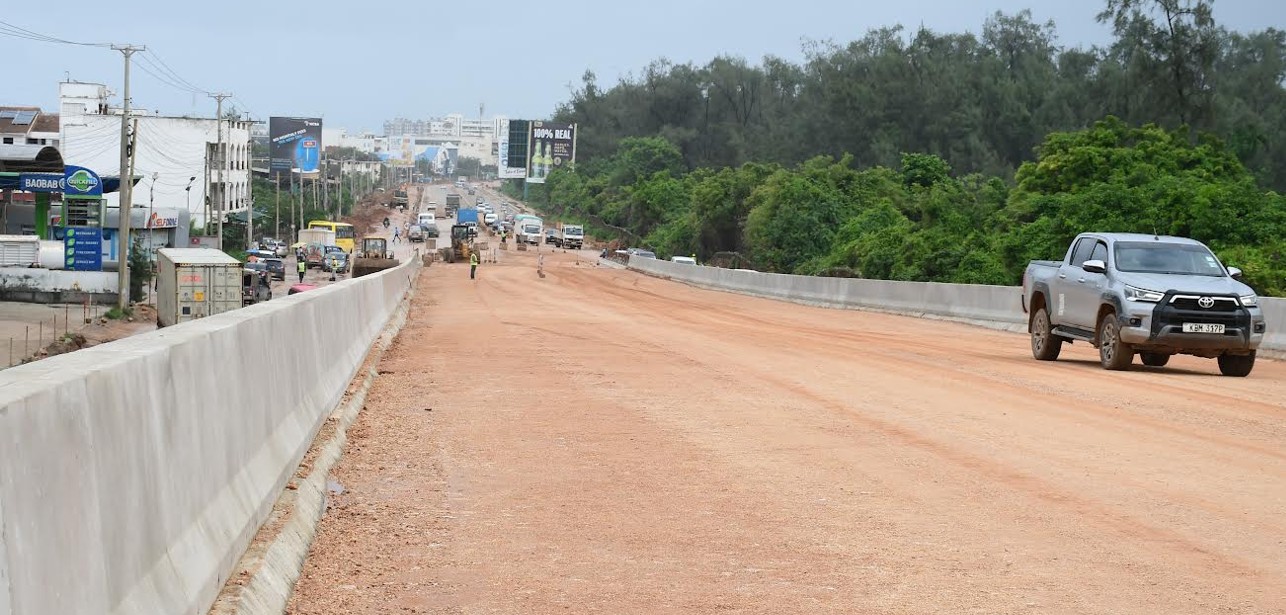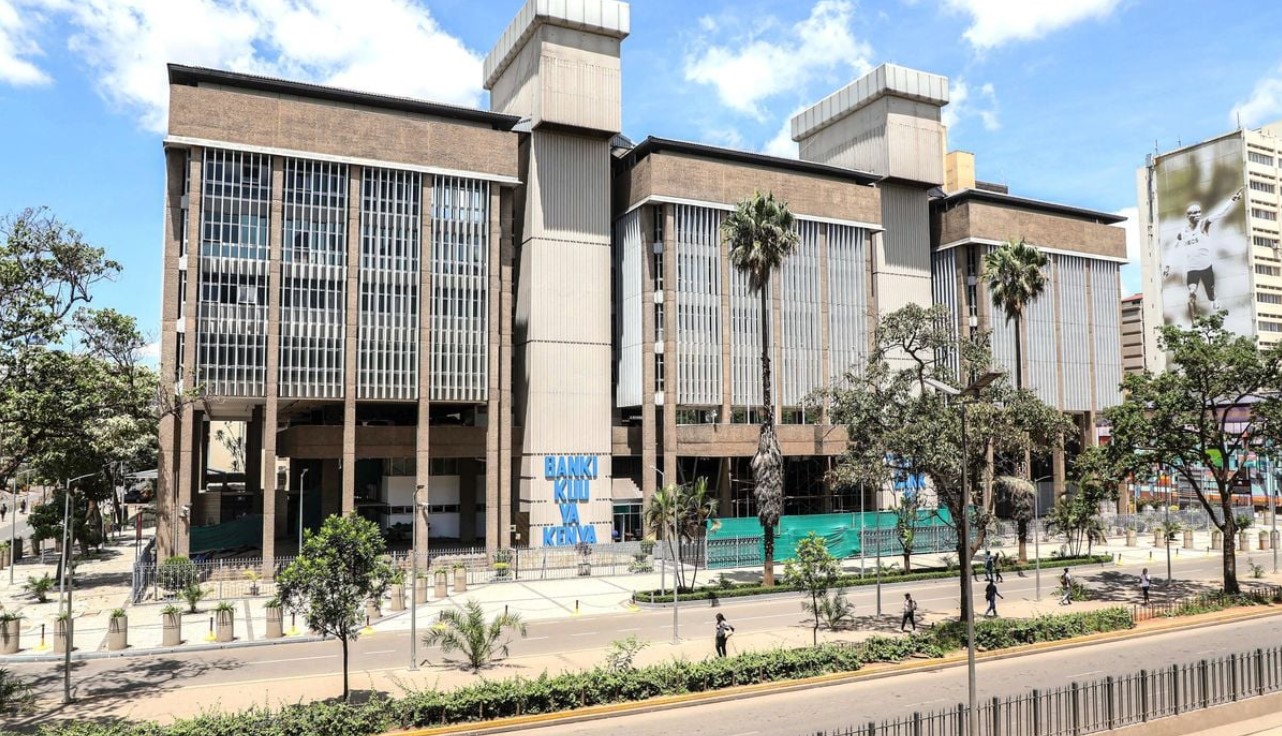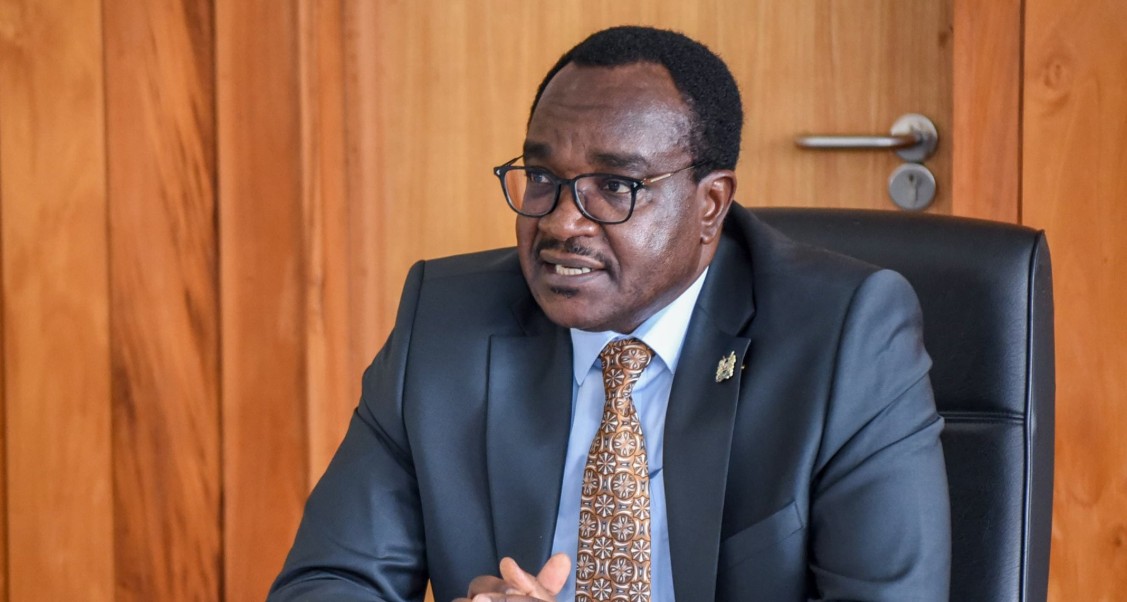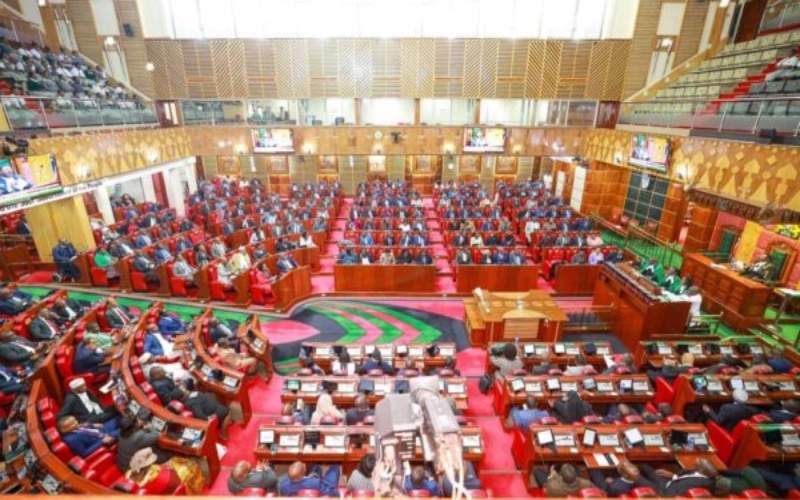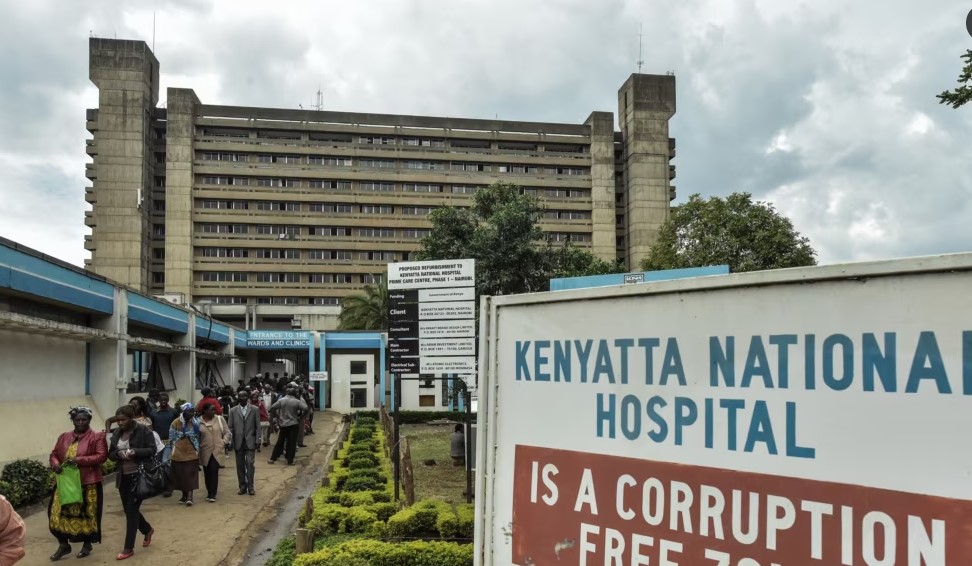Over 4,100 killed on Kenyan roads in 2025 as NTSA rolls out new safety measures
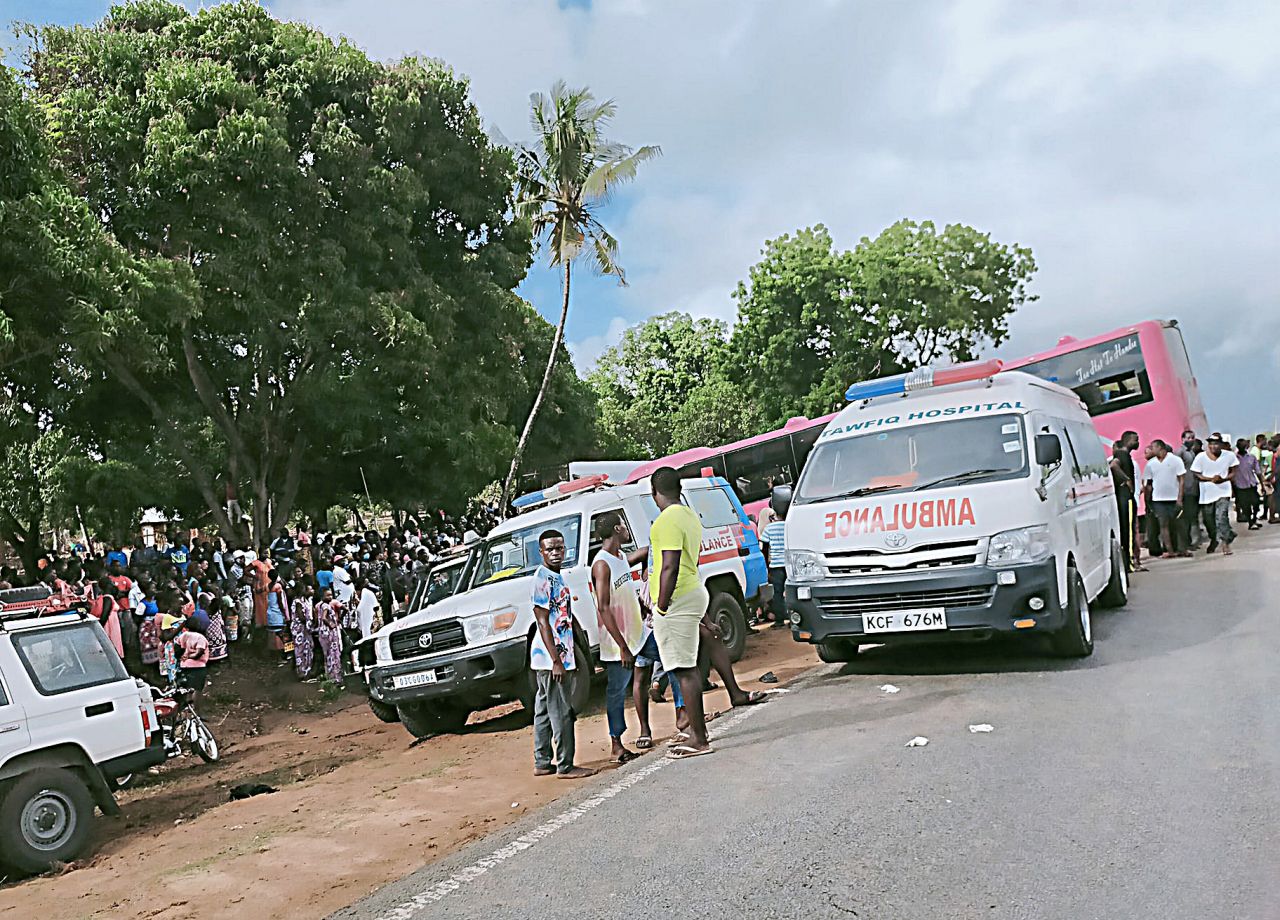
The agency will also conduct pre-festive inspection clinics at major bus termini ahead of the travel rush, as well as collaborate with the National Police Service on coordinated, prevention-focused strategies.
At least 4,100 people have died on Kenyan roads this year, prompting the National Transport and Safety Authority (NTSA) to roll out fresh enforcement measures as the country enters the high-risk festive travel period.
Speaking on Sunday during the World Day of Remembrance for Road Traffic Victims, acting NTSA Director General Angela Wanjira said the authority is introducing new interventions to curb the rising number of fatalities.
More To Read
- Seven killed in Nairobi-Mombasa highway crash involving matatu and truck
- Over 3,000 road crash deaths spur festive season safety crackdown
- Experts urge revocation of all driving licenses issued in past six years over rising road crash deaths
- NTSA under fire for negligence, lax enforcement after deadly road crashes
- KeNHA approves permanent redesign of Kisumu Coptic roundabout after deadly crashes
- One in four global road deaths occur in Africa, report reveals
“Among the measures we will set to undertake going forward is subjecting drivers who were flagged through enforcement initiatives and the NTSA Intelligent Road Safety Management System (IRSMS) to mandatory re-testing to confirm their competency on the road,” she said.
Launched in 2023, the IRSMS is a digital platform that monitors PSVs and commercial vehicles, tracking speed, braking patterns, driver behaviour and route compliance. The system issues alerts for offences such as reckless overtaking and speeding, enabling NTSA to identify and retrain repeat offenders.
Wanjira said the authority intends to enforce real-time IRSMS data transmission to ensure continuous monitoring of vehicles during the festive season. Drivers found breaching safety standards risk having their licences suspended.
Beyond re-testing, NTSA said it plans to expand its Usalama Barabarani programme, which focuses on seat belt usage, managing driver fatigue and promoting responsible driving. The agency will also conduct pre-festive inspection clinics at major bus termini ahead of the travel rush, as well as collaborate with the National Police Service on coordinated, prevention-focused strategies.
“Each loss on our roads represents more than a statistic. Families and communities bear the trauma, grief and financial hardships that come with every death or serious injury,” Wanjira said, reaffirming NTSA’s goal of reducing road deaths by 50 per cent by 2030.
NTSA’s data shows that between January 1 and November 13, 2025, Kenya recorded 21,042 road crash victims, including 4,195 fatalities, a 2.9 per cent increase from 4,077 deaths in the same period last year. Slight injuries rose by 11.4 per cent to 6,959 cases, while serious injuries fell by 2.8 per cent to 8,888 cases.
Pedestrians remain the most affected, with 1,580 deaths. Other fatalities include 376 drivers, 681 passengers, 62 pedal cyclists, 411 pillion passengers and 1,085 motorcyclists, with motorcyclist deaths alone rising 9.15 per cent compared to last year. Pillion passenger deaths jumped by 15 per cent.
Counties with the highest fatalities from January to October 31, 2025, include Nairobi (447), Kiambu (387), Nakuru (318), Machakos (173), Murang’a (148), Kisumu (137), Uasin Gishu (123), Makueni (120), Narok (117) and Meru (116).
NTSA has also cautioned women against sitting sideways on motorcycles, a practice that increases the risk of serious injuries.
“Should someone interfere with the CG, the machine can fall. When riding a motorcycle, weight should be equally distributed,” South Nyanza NTSA Manager Adan Adow said.
He noted that passengers seated behind the rider, facing forward with both legs on either side, help maintain the motorcycle’s centre of gravity and reduce injury risk.
“When an emergency brake is applied, a passenger on a motorcycle is likely to lose balance and fall either backwards or forwards,” Adan said.
He added that sideways passengers are also more likely to have loose garments entangled in the wheels.
Adow added that many incidents go unreported, urging road users to be responsible.
“Safer roads start with you. Always be careful and exercise self-control,” he said.
During the ceremony, NTSA officials also briefed government staff on traffic rules and highlighted dangerous practices such as placing children on steering wheels and using mobile phones while driving.
The agency has also partnered with the Kenya National Highways Authority (KeNHA) and Go Beyond Limited to highlight the role of mental health in road safety.
“Human factors play a major role in traffic accidents. It is not just the road design, as some people might think,” KeNHA Nyanza Regional Director Julius Mak’Oderoh said, noting that up to 80 per cent of crashes involve distracted or mentally preoccupied drivers.
Top Stories Today


